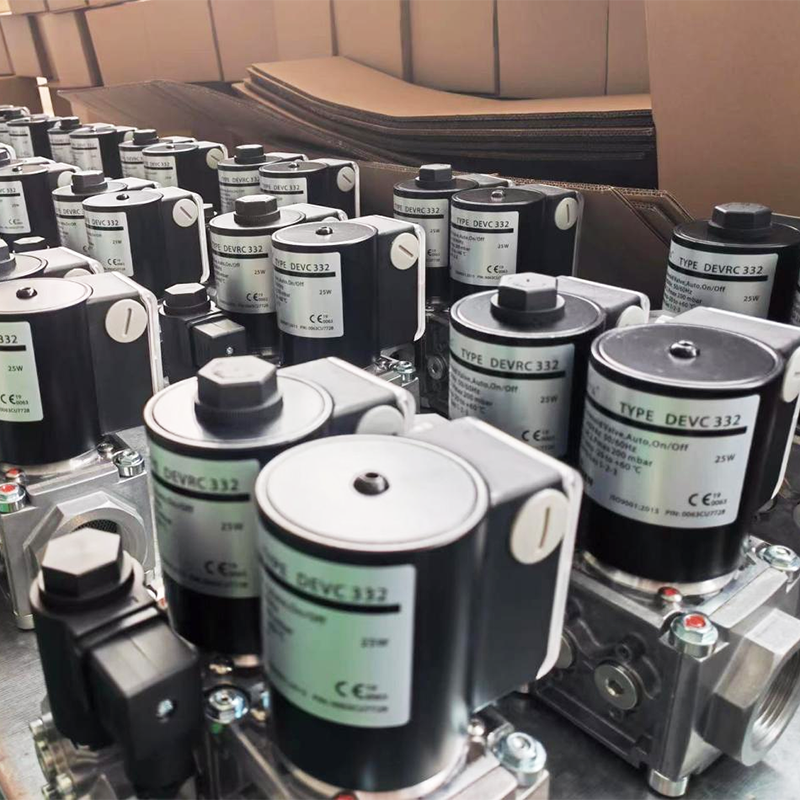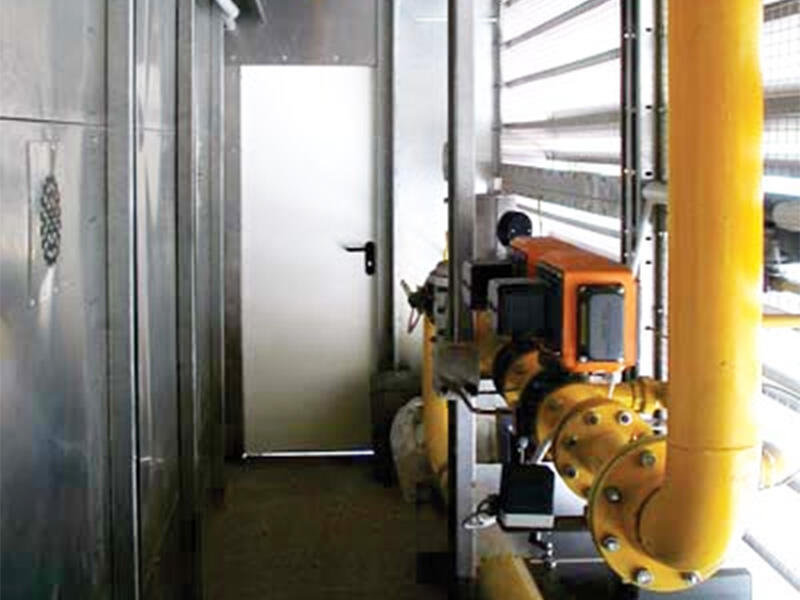The functionality and precision of gas solenoid valves have made them popular in modern automation and control systems. For industrial tools as well as household devices, valves are important for controlling gas flow. This article covers the most important aspects of gas solenoid valves, including their working mechanisms, applications, and the latest trends in the industry.
Gas Solenoid Valves Overview
Gas solenoid valves are devices with an electric motor that activates remotely and is capable of controlling the flow of gas in a system. The flow of gas is controlled by a valve, usually a disc which is lifted or rotated by means of electromagnetic coils. Gas solenoid valves are continuously faced with high operating pressures, extreme temperature conditions, and the ever present problem of leakage. Because of this, the bodies and other parts of the valves are made from high-strength brass, stainless steel, and sometimes plastics.
Devices and Their Uses In Various Areas
One of the reasons gas solenoid valves are gaining popularity is their multifunctions which allow them to be useful in many fields. In the industrial sector, they are predominantly concerned with the gas control circuits of boilers and burners where dependability is paramount. Automotive is another field where these valves are used, particularly in the fuel injectors of vehicles to enhance engine functionality. Additionally, these valves are increasingly being incorporated in controlling the heating systems of residential homes for better heating controllability.
Gas solenoid valves have instantaneous whenever they are needed, which is one of their greatest advantage. Other than the delicate or risky situations where their speed will be needed, gas solenoid valves remaining instant responsive is critical. Gas solenoid valves are small in size which gives operators the advantage of more places to fit the valves such as cramped spaces in other systems and minimize upkeep. Additionally, the developed smart adjustable and controllable solenoid valves makes it easier for the user to control the settings increasing advancement to ease of use.
Key Changes in the Market
There are shifts in the industry gas solenoid valves on the automation and smart technologies sectors. Compliance with requirements was traditionally the end goal. Modern electric valves also imbue energy analytics, efficiency, and integration into IoT systems. Smart valves gas management systems have ultra-modern capabilities concerning retrofitting ensuring safe and effective operation while safeguarding system development.
Expected Technological Advancements
Further evolution of gas solenoid valve technology is expected to widen its scope of applicability. Development of alternative energy sources and enhanced safety features for gas technologies will propel the growth in the sector. Active solenoid valve R&D market participants will become less vulnerable to future changes in the market by equipping consumers from the energy market with reliable control over gas flows.
The precision and reliability provided by gas solenoid valves make them indispensable in numerous fields. Advanced systems integration for design will improve the versatility of gas management systems.



